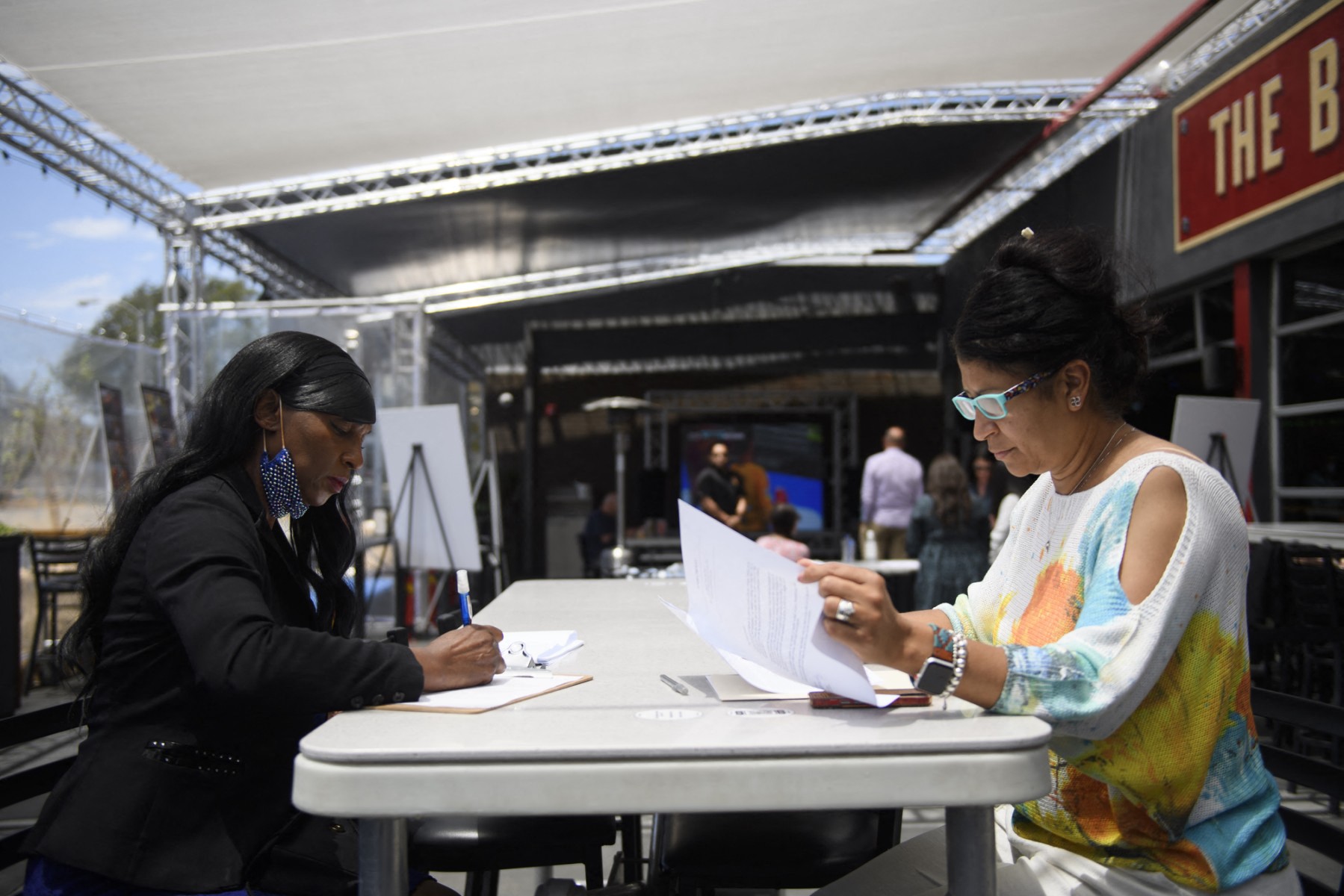The pace of job creation in the United States has notably slowed during May, amid growing economic uncertainty and companies’ caution due to rising tariffs. The key question remains: to what extent has this slowdown occurred? A slight decrease from recent trends might not be alarming, but a larger decline could spark new fears about the labor market and overall economy, potentially pushing the Federal Reserve to act on interest rates more quickly than anticipated. Economists expect the upcoming non-farm payroll report from the U.S. Labor Department to show an addition of only 125,000 jobs in May, compared to 177,000 in April. This suggests a slowdown but not a collapse. Market reactions will depend on the degree of this decline. Julian Lefarge, chief strategist at Barclays Private Bank, noted that a reading around 100,000 jobs might be seen as “less bad than feared,” while any number below that could reignite recession fears. Conversely, a stronger-than-expected reading might negatively impact high-risk assets by raising U.S. Treasury yields. The report will strike a delicate balance between concerns over a slowing labor market and increasing inflationary pressures. Various economic sentiment indicators, including manufacturing and services data, suggest waning optimism due to tariff concerns. Recent data from ADP showed only 37,000 private sector jobs added in May, the weakest performance in two years. Meanwhile, initial jobless claims have risen, reaching their highest level since October. The upcoming jobs report is crucial for assessing the state of the U.S. economy, particularly its labor market, which drives about 70% of economic activity. Dan North, chief economist at Allianz Trade North America, expects growth to slow gradually, with tariff impacts becoming visible over time. He noted that while sentiment indicators are soft, actual economic data isn’t as dire. Market participants are also watching trade developments closely, hoping for relief from deferred tariffs. Expectations vary on Wall Street, with Goldman Sachs predicting weak job growth of 110,000, while Bank of America expects around 150,000. After the data release, investors will assess whether it’s enough to alter the Federal Reserve’s policy trajectory. Currently, markets don’t anticipate further interest rate cuts until September. Federal Reserve Governor Adriana Kugler highlighted the resilience of the labor market, noting that current data indicates continued employment growth and a relatively balanced labor supply and demand. The unemployment rate is expected to remain stable at 4.2%, with hourly wages growing by 0.3% monthly and 3.7% annually.
— new from CNBC عربية
